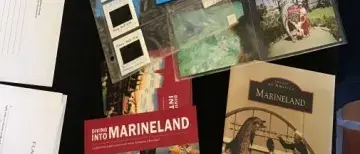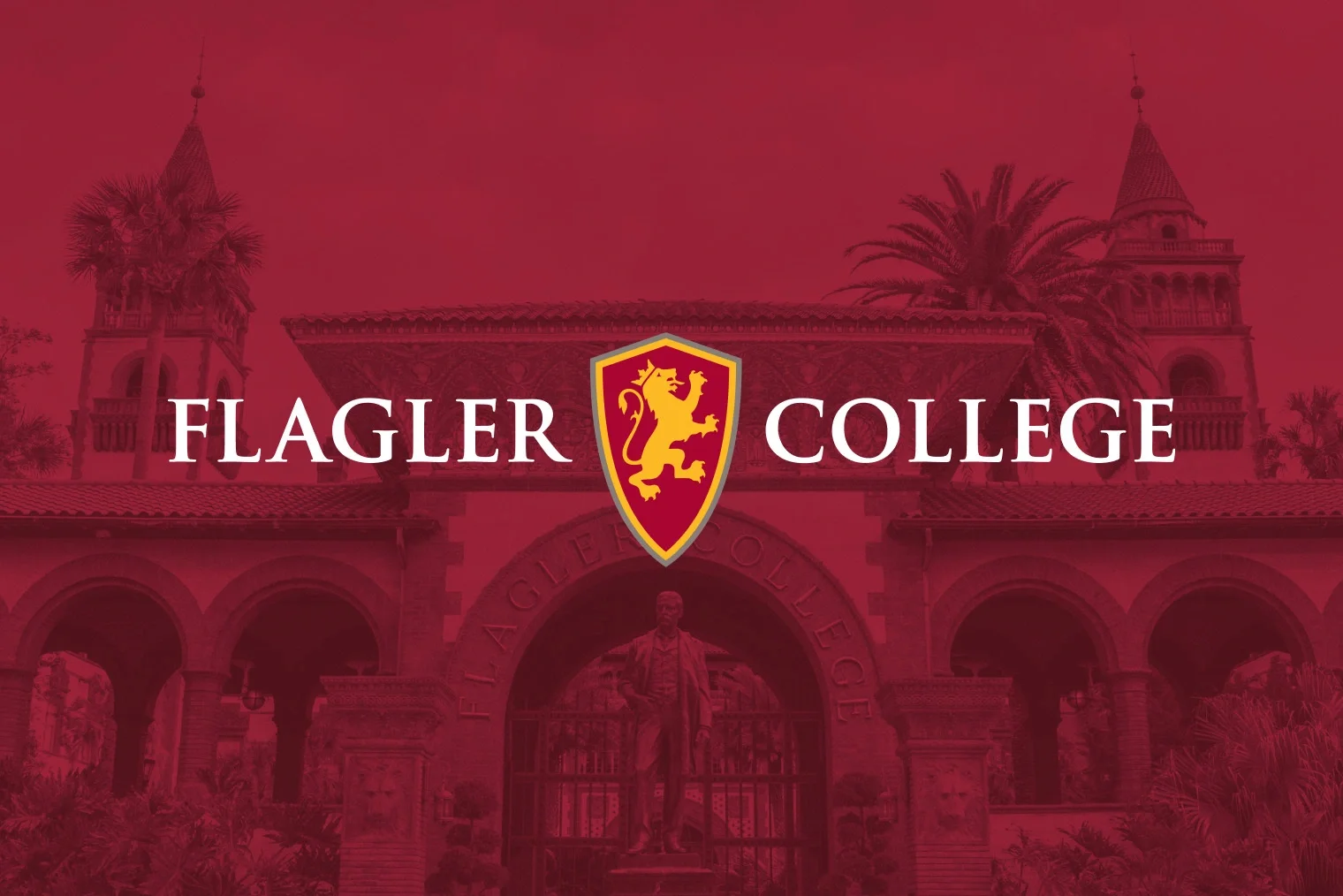
Thanks to a generous grant Enright received from the St. Augustine Foundation, she was able to launch her Digital Humanities project and recruit students as interns in hopes of inspiring them to explore history through technology.
Creating a digital platform to delve into the rich history of St. Augustine seemed like an obvious first step to Enright with so many places in town to see history and so little space on campus to install a physical exhibit.
She was first fascinated with the concept of digital collections when she interned as an undergraduate for one of the first digital collections called, “The New Deal Network”. This experience opened her eyes to the future of digital collections. She loved that they were portable, accessible, and could be visible to anyone and everyone.
Enright believes her Digital Humanities initiative is all about accessibility,
“Acquiring digital skills is essential to a career in history, museums, and all the humanities,” Enright said. “I don’t want humanities students to be intimidated by building a website or photographing an object or scanning a historic document.”
In addition to accessibility, one of the benefits Enright sees in Digital Humanities are the opportunities it provides for students to go beyond the classroom. It “blends the college’s goals of undergraduate research and community-integrative education, with building students skills and portfolios for their careers,” Enright said.
This Fall, Enright’s Heritage Tourism class will focus on building a StoryMap to display the history of museums and attractions in St. Augustine.
“Several students have already built individual projects using digital platforms (Omeka, StoryMaps, QR Codes, Wix) for Public History Practicum and Honors projects,” Enright said. “Once a student acquires the skills, they can use their creativity to implement their own public scholarship.”
One of Enright’s former digital humanities students is Public History major Stefanie Defazio who worked on the Marineland archive as a part of her internship with Enright. Engaging with history in this way, left her with a newfound sense of appreciation for St. Augustine’s local history.
Her internship allowed her to listen to audio files of the West St. Augustine Oral Histories from which she pulled out pertinent details. She also cataloged the West St. Augustine Oral Histories by identifier number and entered postcards for the Marineland Archives Collection in the Omeka database and created a transcript for former Marineland employees.
DeFazio learned through this hands-on conservation of the past that “everyday moments in life can someday be cataloged and archived in a database and used for future generations.” She said it also gave her a newfound confidence of her technological skills and appreciation of the preservation of history.
“The people that work in archives, on databases or in collections need to be praised and recognized more because the work that is done is so important and critical,” DeFazio said. One of my favorite things about visiting museums is knowing all the hard work that when into obtaining the artifacts and imagining how the preservation, archiving and cataloging happens.”
Enright hopes that students will also be inspired to work as a team and leave with a deeper appreciation of their local history.
“The Digital Humanities Center at Flagler is that students work collaboratively with each other, with their professors, and build something unique that they helped curate,” Enright shared. “This project is open to all faculty willing to participate.”
Enright said she is eager to support all prospective digital collections, in hopes that the Digital Humanities Center can become a permanent resource that inspires workshops, discourse, and teamwork,
“A few people I’ve spoken with thus far are already making plans to build digital collections and exhibits, and some have already been doing excellent digital projects,” said Enright.
She hopes students and faculty will feel inspired to get involved and embrace the possibilities awarded by the digital preservation of history by building their own collection within their site and can train students to build on those or even create their own. In fact, faculty members like Lori Lee, Kenan Distinguished Professor of Liberal Education in Anthropology, have already gotten involved. Lee has been digitizing collections for Fort Mose and Professor of Art, Laura Mongiovi is even beginning a collection of textiles from various sites around town.
Moving forward with the Digital Humanities initiative, Enright is extremely passionate about devoting more time to the Marineland archive she’s started. Through a partnership with this historic site, she hopes to share the rich history of human-animal relationships in St. Augustine with as many people as possible, a relationship she believes has yet to be fully told.
“We’ve partnered with this nearly 100-year-old attraction to digitize their collections, share them online, and build a public resource for better understanding the history of science, film, and animal attractions,” Enright said.
For any students fascinated by the pursuit of preserving the vibrant local history of St. Augustine, like that of Marineland, they can sign up for a Digital Humanities Internship - right now this is the same as HIS 481, 482, 483, but can be cross listed. Grant funds are used to pay students a stipend, and students may continue after one semester to serve in a mentor role to others.
When it comes to Digital Humanities, Enright’s vision is broad and inclusive.
“Public History is both for and of the people—and this closes that loop. Not only are we making history available for the public, but we are also sharing their stories that might otherwise be forgotten,” she said.



